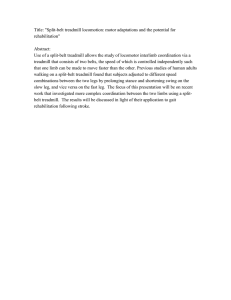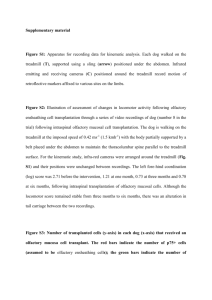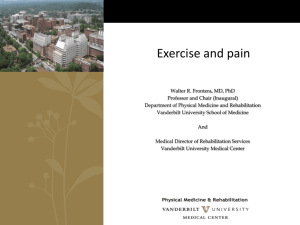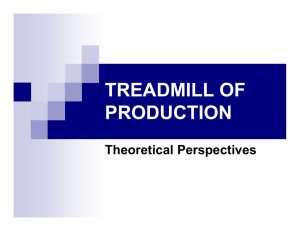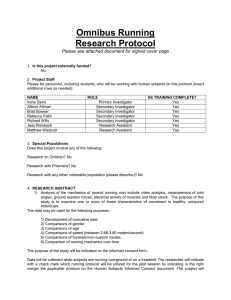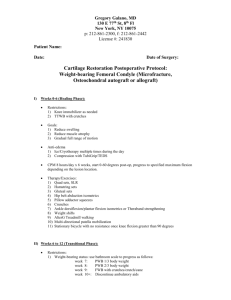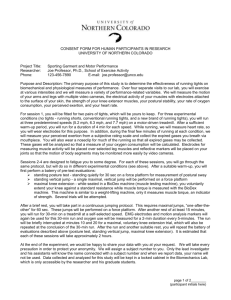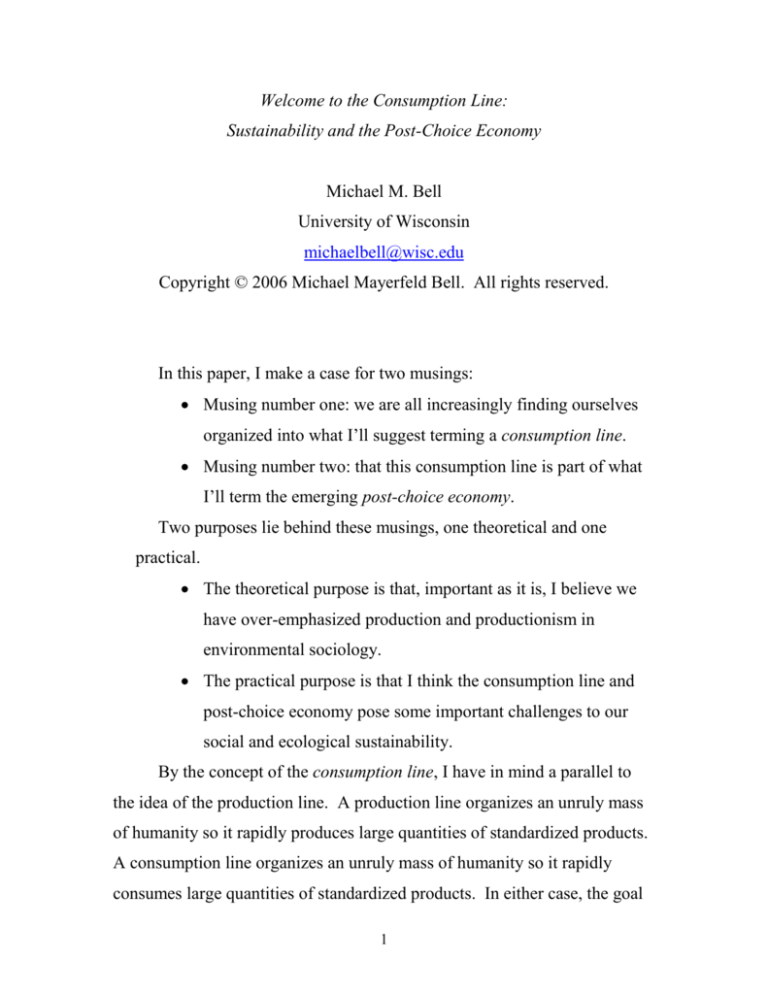
Welcome to the Consumption Line:
Sustainability and the Post-Choice Economy
Michael M. Bell
University of Wisconsin
michaelbell@wisc.edu
Copyright © 2006 Michael Mayerfeld Bell. All rights reserved.
In this paper, I make a case for two musings:
Musing number one: we are all increasingly finding ourselves
organized into what I’ll suggest terming a consumption line.
Musing number two: that this consumption line is part of what
I’ll term the emerging post-choice economy.
Two purposes lie behind these musings, one theoretical and one
practical.
The theoretical purpose is that, important as it is, I believe we
have over-emphasized production and productionism in
environmental sociology.
The practical purpose is that I think the consumption line and
post-choice economy pose some important challenges to our
social and ecological sustainability.
By the concept of the consumption line, I have in mind a parallel to
the idea of the production line. A production line organizes an unruly mass
of humanity so it rapidly produces large quantities of standardized products.
A consumption line organizes an unruly mass of humanity so it rapidly
consumes large quantities of standardized products. In either case, the goal
1
is to make sameness out of difference, force out of choice, inequality out of
quality, and thus the emergence of a post-choice economy in which choice
becomes more and more a matter of cultural connection to global brands and
in which the functional and social diversity of the economy becomes
correspondingly less and less.
I offer this argument in part as a vigorous critique of the “treadmill of
production” theory, widely popular in US environmental sociology, and
which was the subject of the previous RC-24 conference here in Madison
(the fall of 2003). The treadmill of production theory argues that the real
action, control, and power in the world economy is at the level of
production, driven mainly by competition between firms to stay in the
economic game. But in a world of extreme monopolization of production,
such as we now see, the basic conflict in the economy is increasingly less
between firm and firm. Capitalism requires growth, as Marx warned long
ago and as every contemporary politician well knows. With concentration
of production, kicking other firms off that treadmill is increasingly less an
option for growth.
The treadmill of production argument is often accompanied by its
advocates with the argument that consumption is a matter of individual
action, and thus analytically washes away in cultural la-la land, in ignorance
of the real structural drivers of the world. I offer the consumption line
argument in part to show that consumption is just as much structure as
production is. I also try to show the equal importance of cultural factors,
and criticize the treadmill of production approach for its dismissal of
culture’s significance. Indeed, the treadmill of production model has a
cultural impact of its own through the way it flatters corporations with the
ruthless jungle of competition causality so central to the argument. Such a
2
vision feeds into the corporate survival as sports league metaphor that
glorifies and sanctifies the winners.
Rather, the basic economic conflict is increasingly at a much less
glorious and possibly more contradictory social location: between firm and
consumer, between team and fan. Here is where the main options for growth
are: not just in globalizing markets horizontally, but in shrinking them
laterally. In the battle for the consumer’s dollar, euro, peso, and yen, the
trick is to present not choice (which is expensive) but the illusion of choice.
You want to sell as much as possible with limited numbers of lines in each
product category, and to limit choice so consumers buy what you’ve got.
One reason here is to limit transaction costs within the firm by having fewer
items in your catalogue, eliminating warehousing, and even contracting out
the stocking of your shelves. And as long as you still own the shelf space,
the consumer is forced to support your efforts at transaction cost reduction.
And by the way, the competition is selling the same stuff, because they’re
using the same distributors to reduce transaction costs.
Another reason is to limit transaction costs external to the firm. It
takes a considerable effort to establish a new kind of product in the market,
as any capitalist will tell you. It takes advertising. It takes control of shelf
space. It takes control of governmental structures. Once capital has
achieved this for a new kind of product, it tries to stick with it as long as it
can, justice and sustainability by damned, for example with the
unwillingness of energy companies to switch away from oil.
Once this restructuring of consumption lines has been achieved, firms
then present an illusion of choice through the notion of the product line.
And that’s because once a person has been sold on one product, the goal is
to sell them the fancier version of the same product, as you’ve already gone
3
through the trouble of getting them to reorganize their lives and cast their
cultural identity around the previous product sold, and likely also
conscripted the structuring power of the state so as to make this reorganizing
more apparently convenient and culturally intuitive. In this way, you only
have the hard sell once. And through this reorganization of convenience and
its routines of identity, consumers find themselves continually dissatisfied
with the ability of the lower level product to satisfy their ends, and thus
struggling to stay afoot on another treadmill—what I have elsewhere termed
the continually accelerating treadmill of consumption.
Fordism was the idea that you could have any color of Ford you
wanted, as long as it was black. Post-Fordism was the idea that, instead of
mass consumption, we were seeing a switch to an economy in which flexible
production made it possible to have any color Ford you want—to segment
the market and build on postmodern sensibilities concerning the welcoming
of difference, to sell everyone a different t-shirt, a different micro-brew, a
different design of SUV that appealed to their embrace of self-actualization
through a salad-bowl of identity. That still goes on, but what we’ve missed
is that this choice, if it is choice, is no longer about difference, if it ever was,
but about sameness—about the control of difference through the language
we are all supposed to speak: that of t-shirts, micro-brews, and SUVs. If we
ever had a post-Fordist economy, we are then now entering a post-postFordist economy. And either way, we are experiencing the development of
a post-choice economy through the increasing monopolization, and
acceleration, of both production and consumption.
4

